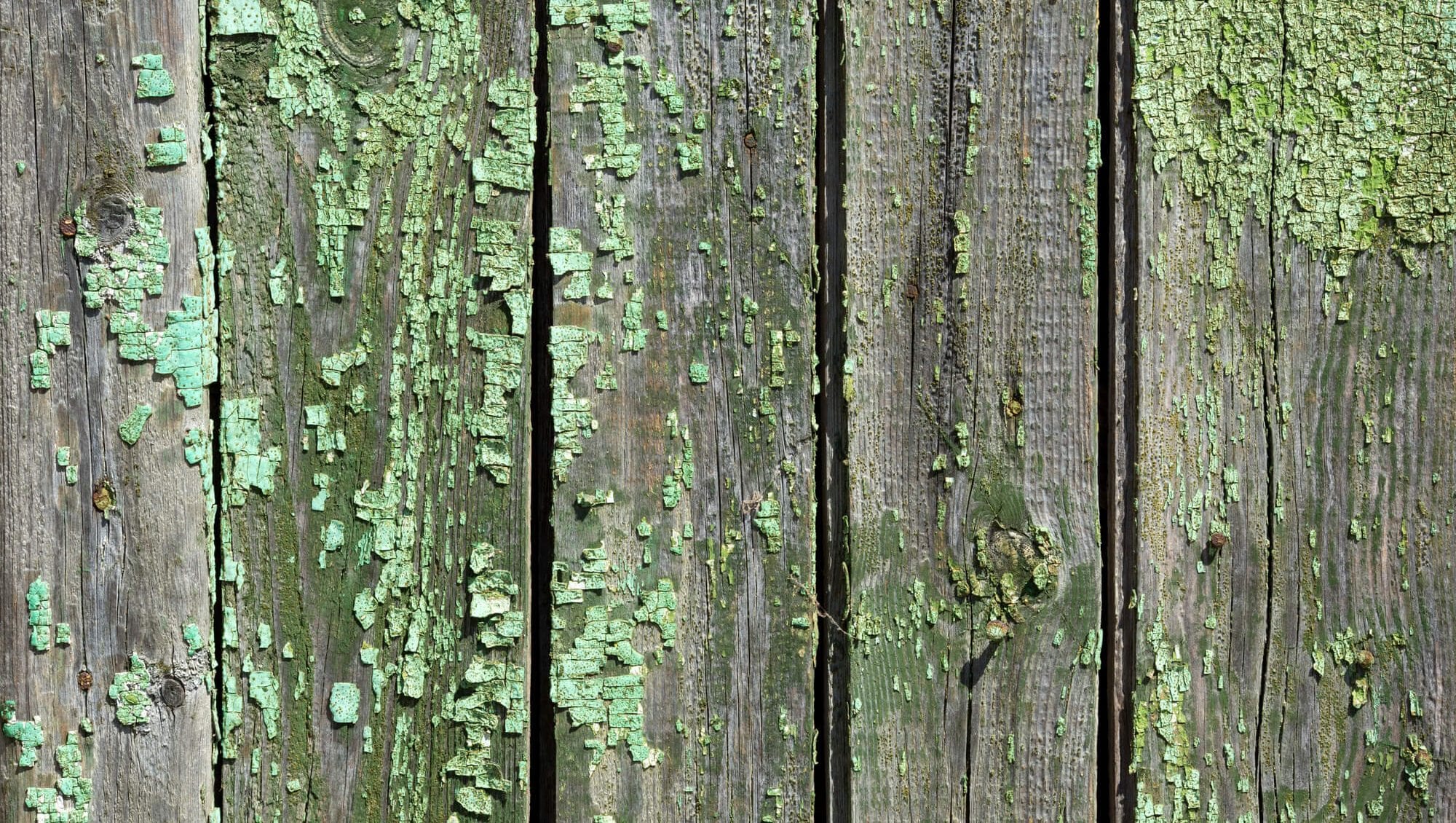Installing a fence on your property is an excellent way to improve your curb appeal and increase your home’s overall property value. These barriers look beautiful and provide various functionalities, but without the proper maintenance, fences can quickly become faulty. There are several ways fence damage occurs, and homeowners should look out for the signs each season. Green algae and other indications of fence weathering damage are important to take care of right away to avoid further problems or structural issues.
Dealing With Fence Damage
Fences act as a barrier between your home, its inhabitants, and the outside world. The structures, typically made from wood, vinyl, wrought iron, or steel, help improve property values while also serving a protective purpose. Fences will keep lively pets or exploring children away from busy roadways while also deterring animals and other intruders from entering the property.
What Causes Fence Damage
Although a fence’s purpose is to protect you and your family, it will still incur some damage over time. Several factors can contribute to fence damage, including:
- Wind
- Rain and moisture
- Snow and hail
- Ice
- Sun exposure
- Pests
- Physical forces from pets
Fence damage that is not dealt with swiftly can lead to more severe issues for homeowners. For different fence styles like wrought iron or chain link, extensive rusting leads to structural breakdown, while vinyl and wood are more prone to water damage like mold, mildew, and green algae.
Signs of Fence Damage
Your fence can become damaged quite easily at any time throughout the year, so it’s critical to keep up with annual maintenance. Look for signs of fence damage before they become even more significant problems. If you notice any of the following issues with your fence, it’s time to consider fence repairs or a total replacement:
- Leaning and bending of fence posts
- Cracking near post placement in the ground
- Signs of pest damage:
- Swelling of wood
- Strange odors
- Visible termite trails
- Discoloration
- Holes
- Buckling of wood
- Mold and mildew
- Green algae
- Rust
Green Isn’t a Good Sign
In the construction world, green fences are relatively commonplace as most temporary fences are manufactured in this shade. However, in neighborhoods, a green, moldy fence is never a good sign.
Green algae growth is detrimental to fence stability and can leave behind a stinky, unappealing odor. The last thing you want when walking out of your house is a cloud of putrid scents hitting you, so it’s crucial to deal with green algae growth immediately. Green algae issues most commonly affect wooden and vinyl fences.
Getting Rid of Green: Removing Algae from Wood and Vinyl Fences
For the purpose of this article, we’re going to focus on wood and vinyl materials since they are the types of fences typically affected by green algae growth. Getting rid of green algae is much easier for homeowners with vinyl fences than those with wood, which is why most fencing contractors recommend against wooden fence installation. If you’re concerned about green algae growth on your wood or vinyl fence, perform necessary maintenance to minimize damages and deter regrowth.
Wooden Fences
There are various methods to make your wooden fence appear less green (and gross) due to damage from green algae growth. Unfortunately, wood fences are particularly prone to weathering and water damage, so there is no guarantee that these fixes will last long-term. If you notice green algae growth on your wooden fence, take the following steps to reduce its appearance or remove it entirely:
- Scrub your fence with a handheld scrubbing brush in areas affected by green algae growth. Use a solution containing one part bleach to every two parts water, plus a soap compatible with bleach to clean up your failing fence.
- If soap and a little (or a lot) of elbow grease aren’t enough, consider utilizing a power washer to restore your wooden fence after green algae growth. You can rent a power washer, buy one, or contact a local fencing company to come to clean up your fence. Just be careful because the extreme pressure from a power washer exacerbates existing wood deterioration issues.
- Dry your fence with a heat gun to eliminate all remaining mold and mildew spores, minimizing the chances of algae returning.
- Once your fence is dry, and all green algae are clear from the surface, it’s time to stain and paint your fence. Applying latex stain, primer, and paint is an excellent way to ensure that green algae growth does not return for at least a little while.
While there are several methods to minimize the damage from green algae on your wooden fence, there is no guarantee that it won’t come back annually or even semi-annually. Vinyl fences are a much sturdier option, especially if you live in an environment where rain, precipitation, and lingering moisture are regularly occurring.
Vinyl Fences
Homeowners with vinyl fences might experience green algae growth, although it’s far less likely to occur. In climates where precipitation is common, water droplets can infiltrate small cracks and holes in the vinyl material, allowing moisture to linger, producing mold and mildew spores.
Like wooden fences, you can use a power washer or hand-scrubbing method to remove green algae. Use a soft-bristled brush to remove dirt and debris before rinsing the fence with clean water. It’s important to note that your power washer should be on the lowest setting; otherwise, the water pressure will cause further damage quickly. Unlike wood or cedar fencing, vinyl materials easily withstand weathering and will last for years to come.
Go With Vinyl
Green algae can affect both vinyl and wooden fences, but vinyl materials are manufactured to withstand weather damage more readily. Wood fences made from cedar and other materials are easily waterlogged, making them one of the best breeding grounds for mold, mildew, algae, and other issues caused by water damage.
The cleaning process for vinyl materials is simple and straightforward so that any homeowner can easily maintain their vinyl fence throughout the year. For this reason, most fencing contractors recommend installing a vinyl fence. If you’re tired of maintaining your mildew-prone wood fence, contact Northland Fence to find the right vinyl fencing solution for your property. Put the soap and stains away and start enjoying a fence that’s easy to clean and maintain all year round.


